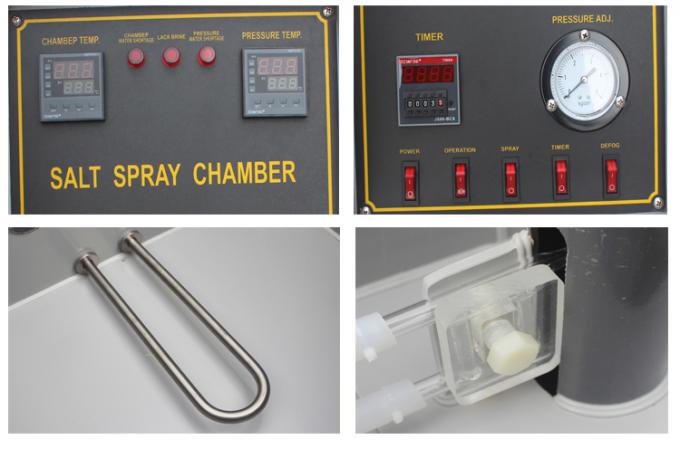- Qinsun Instruments Co., Ltd.
- Tell:+86-21-6780 0179
- Phone:+86-17740808215
- Address:No. 2578 Minhang District Gu Dai Road, Shanghai
- Contact:Mr. Li
- QQ:846490659
Pure water machine reverse osmosis membrane cleaning

The cleaning methods for reverse osmosis membranes in general laboratory pure water machines can be roughly divided into: direct current flushing, reverse flushing, chemical flushing, etc. Direct current flushing, in simple terms, is the process of washing away impurities and particles attached to the surface of the reverse osmosis membrane through rapid water flow. It is generally aimed at impurities that are relatively easy to wash off on the surface of the reverse osmosis membrane. For some impurity particles attached to the internal structure of the reverse osmosis membrane, there is not much effect, which requires reverse flushing.
Reverse flushing is a cleaning process that uses a reverse water flow from the inside of the permeate membrane to the outside, and this function is commonly found in pure water machines. If the user's water consumption is within 10 liters per day, it can be rinsed 3-5 times. If it exceeds 10 liters, rinse several more times. For some places where the hardness of the raw water is too high, scale may form, and some stubborn pollutants can be treated with chemical flushing.
Chemical flushing requires adding chemicals to the cleaning solution, usually by adding low concentration hydrochloric acid to the cleaning water for flushing. If it is not used for a long time or there is a lot of scale, short-term soaking can be carried out. But for bacteria and other microorganisms, low concentration caustic soda or appropriate concentration hydrochloric acid can be added appropriately for cleaning or soaking. If both need to be added, it is recommended to wash them with alkali first and then with acid.





